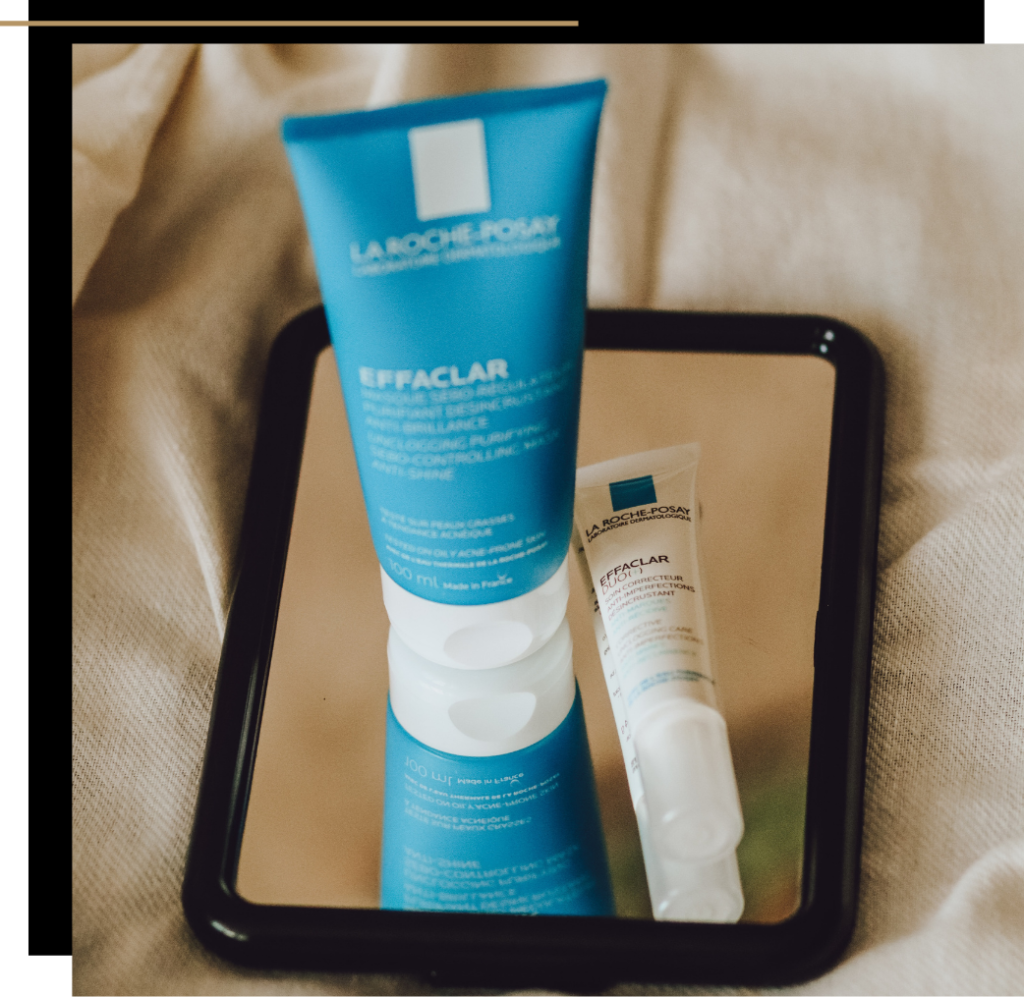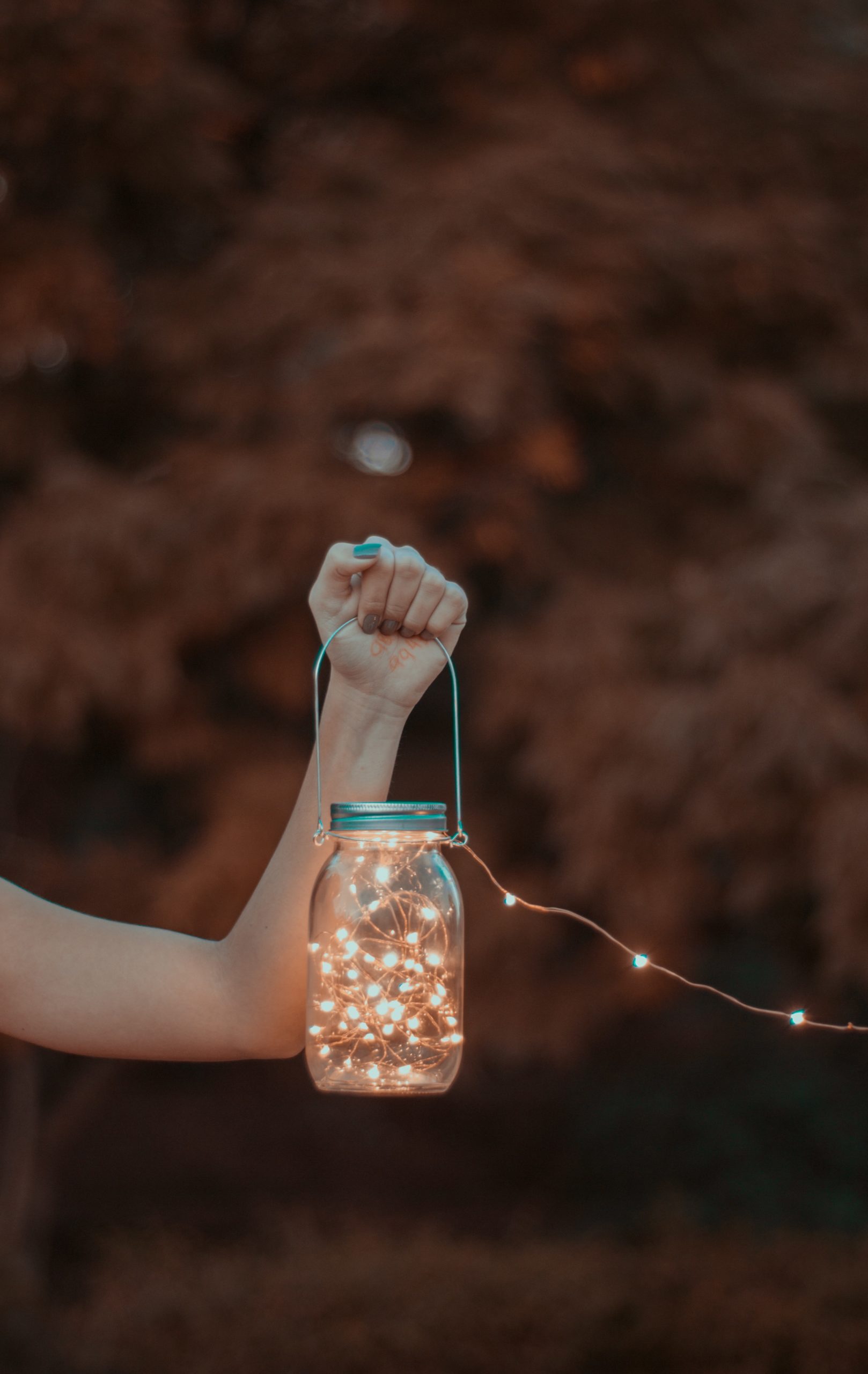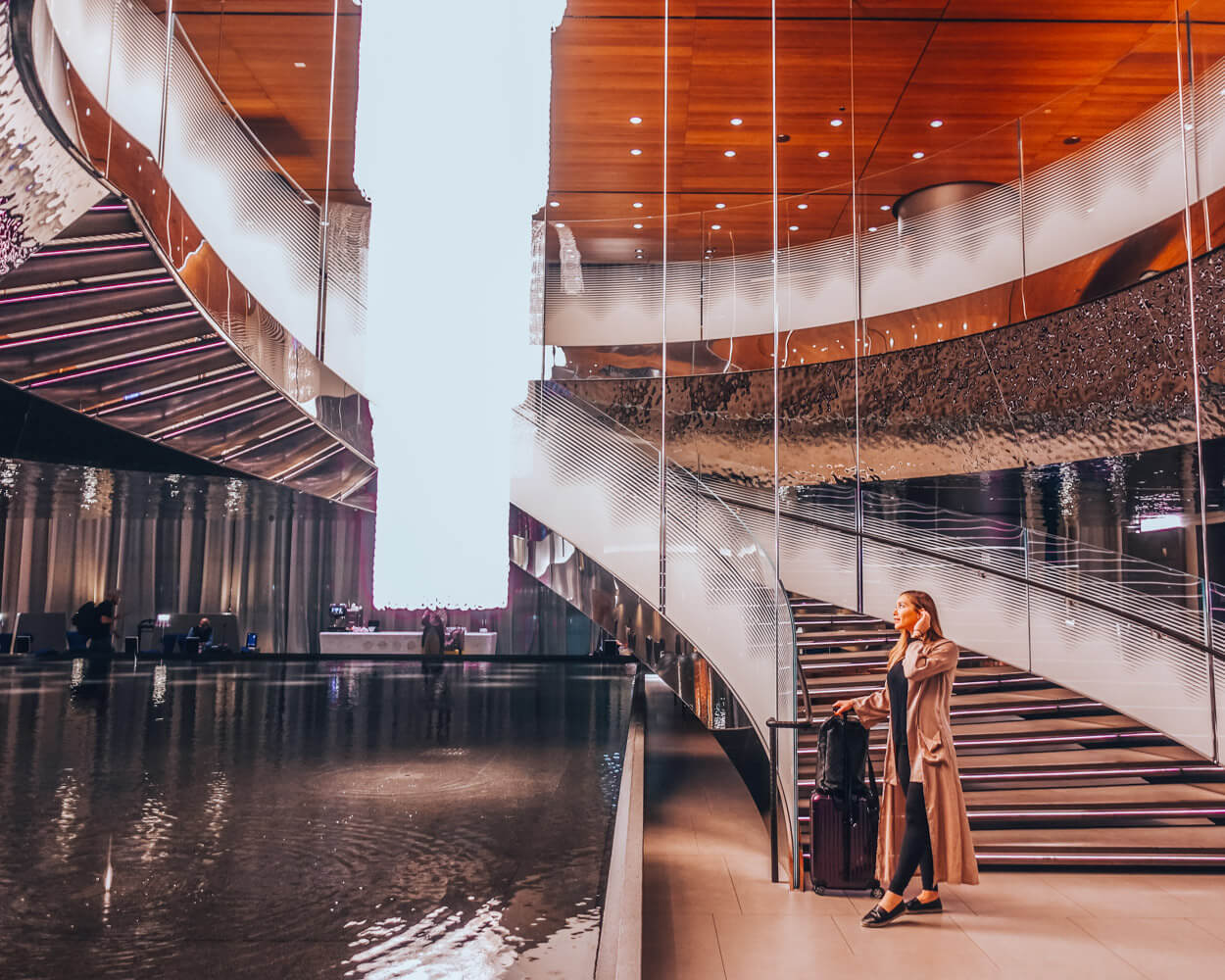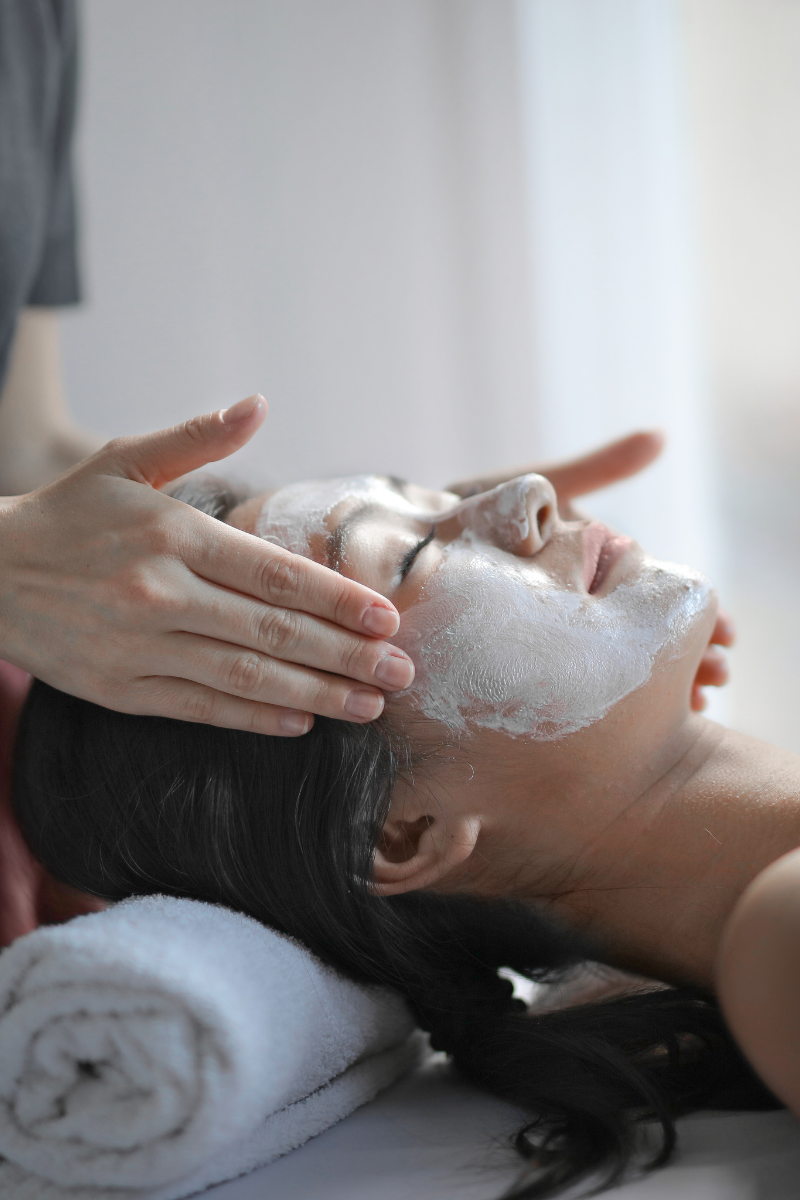These days, the traditional facelift has been replaced with an array of noninvasive aesthetic treatments. The appeal is obvious: a more affordable and less painful procedure with fewer risks and less downtime? What’s not to like! However, there’s no one-size-fits-all solution. Let’s look at the best skin treatments so that you can figure out which one is best suited for you.


Why the Shift?
There’s no point denying that there’s a certain stigma around cosmetic surgery. Whether rightly or wrongly, we often think of surgical procedures such as facelifts as “unnatural” but approach laser and radiofrequency treatments with much less hesitation. That’s another issue for another time, but it certainly explains why noninvasive treatments are increasing in popularity.
Another reason these treatments are so sought-after is because they can also be used as a preventative measure to combat the early signs of ageing. Getting a full-on face lift in your twenties or early thirties may sound a bit drastic to some, whereas aesthetic treatments are more appropriate to target the early signs of aging and stop you from getting to the point where you might want to go under the knife.
However, laser resurfacing, ultherapy and radiofrequency are not all the same. The best treatment for you depends on your individual goals and needs. Let’s take a look at the pros and cons of each treatment, and how to properly care for your skin afterwards.


Laser Resurfacing
Let’s start with the classic. Of the three aforementioned methods of skin rejuvenation, laser resurfacing is probably the best-known and therefore the most popular.
The Benefits
Laser resurfacing is effective at reducing the appearance of fine lines and the appearance of hyperpigmentation, such as acne scars and sunspots.
The Procedure
There are two types of laser resurfacing: ablative and nonablative. The best one for you depends on your specific skin type. This is something to discuss with your practitioner in your pre-treatment consultation.
Generally speaking, ablative is the all-guns (or should that be lasers?) blazing approach. The nonablative process, meanwhile, takes place over several sessions so that the side effects are less intense.
During laser resurfacing, a laser is used to destroy the outer layer of your skin and heat up the layer underneath. This is a powerful way to stimulate collagen production, which results in firmer, more supple skin. You will also notice an immediate difference to your skin tone and any hyperpigmentation issues – such as sun spots and acne scars – will begin to fade. The appearance of your skin will continue to improve over time.
Aftercare
Nonablative laser resurfacing involves virtually zero recovery time and you can proceed with your normal life, albeit armed with a good moisturiser and strong SPF (see below).
However, if you opt for ablative laser resurfacing, you may need some downtime. Your face may be sore and red, and scabs will start to form after a few days.
This doesn’t mean you have to stay inside with the curtains drawn – although you may want to do that if your face looks particularly red and scabbed – but you will need to modify your daily activities. Swimming and sweating, for example, are a big no-no. You certainly don’t want to disrupt the healing process and risk an infection.
For the recovery process, emollient creams and ointments can help to protect the skin and relieve discomfort. I like the classics, such as Vaseline and Aquaphor.
After laser resurfacing, it’s essential that you avoid unprotected sun exposure for up to a year. Otherwise, your newly resurfaced skin will be very prone to hyperpigmentation issues, resulting in sunspots and an uneven complexion. You must invest in a good-quality facial sunscreen and apply it every morning on top of your moisturiser, even if you’re staying indoors. Be sure to reapply every 1-2 hours when outdoors and protect your face with a sun hat during the summer. Here are some of the best facial sunscreens on the market:
After the procedure, I also recommend using a hydrating moisturiser which doesn’t contain any potential irritants. Avoid fragrance, artificial coloring and chemical exfoliants like AHAs and BHAs. Go with something that’s good quality but also safe and simple.

Ultherapy
Usually, ultrasound waves are associated with pregnancy but they can also be used to give you a much younger visage.
The Benefits
Ultherapy is ideal to lift and tighten loose, sagging skin or jowls. This treatment goes deep below the surface of the skin and is therefore best for older patients with deeper wrinkles. It’s a one-time treatment, with very little downtime afterwards. Like laser resurfacing, it also stimulates collagen production so that the results improve over time. However, it’s not as effective as laser therapy for hyperpigmentation issues.
The Procedure
Whilst laser therapy uses light to remove the outer layer of skin, ultherapy goes deep below the skin. This means that it effectively lifts and tightens your skin from the inside out. Your practitioner will apply a numbing cream before you begin. The treatment is not painful, but you may feel a warm sensation beneath the skin. You may experience some mild redness, bruising and tenderness afterwards.
Aftercare
Following your ultherapy treatment, you must avoid strenuous exercise for 48 hours. If that’s not a perfect excuse for a Netflix binge, then I don’t know what is!
You don’t have to be as careful about sun exposure as you do with laser resurfacing. Still, don’t go out and lay on a sun bed for at least two weeks after the procedure. You should also avoid saunas and try to sleep on your back, if you can. Also make sure to avoid blood thinning medication such as Aspirin for two weeks after the treatment.
Finally, don’t get any dermal fillers for at least three months. If your face doesn’t initially look as plump as you’d like, remember that the results continue to significantly improve for twelve weeks after the procedure, so don’t go jumping the gun.

Radiofrequency Skin Tightening
Radiofrequency therapy has been around since 2001. This procedure uses radiofrequency waves to heat up your skin to stimulate the production of heat-shock proteins, which in turn increase collagen production. Radiofrequency machines tend to focus on the surface layers on the skin, whilst ultherapy treatments penetrate deeper.
The Benefits
Radiofrequency is less painful than laser resurfacing with less downtime, but it can achieve similar surface level benefits. This procedure is about tightening and smoothing the surface of the skin, whereas ultherapy is more about lifting the skin at a deeper level. Therefore, radio frequency is more suitable for younger patients with less severe signs of aging. It’s also more effective for those whose skin concerns include pigmentation issues.
Furthermore, radiofrequency is also one of the most popular facial slimming treatments out there. In fact, a 2017 study found that radiofrequency treatments reduced facial fat in over 90% of participants.
The Procedure
During the procedure, energetic waves heat your skin to between 122-167 degrees fahrenheit. The treatment usually takes less than an hour to perform and most patients report very little pain or discomfort.
Aftercare
After your treatment, you may experience mild redness, tingling or swelling. However, there’s very little downtime. Just be sure to avoid alcohol and exercise for 48 hours, use sunscreen and stay hydrated. Don’t wash your face for at least five hours after the treatment. In the days that follow, I recommend using one of the following gentle cleansers:

Which is Best?
The right treatment for you depends on your unique skin goals. Ultherapy is perfect for those with more severe signs of aging. Radiofrequency and laser resurfacing treatments, on the other hand, are generally better at addressing surface level skin issues. It’s also worth noting that although all three treatments are non-invasive, ultherapy and radiofrequency procedures have less downtime and involve simpler aftercare.

For more on anti-aging, be sure to check out my guide to microcurrent facials and this article on bakuchiol, which is one of the hottest anti-aging ingredients on the market right now.





[…] more on skin care, check out my guide to laser resurfacing, radiofrequency and ultherapy or this article on the top skin tightening treatments you need to know […]
[…] re-energized. However, if your main concern is skin-tightening then cosmetic treatments such as laser resurfacing, radiofrequency or ultherapy might better suit your […]